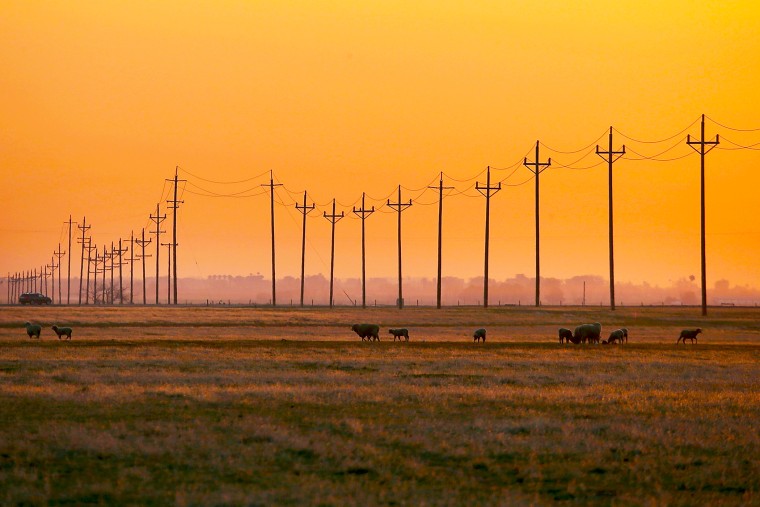For too long, much of the conversation about the climate crisis has focused on a horizon: we must act now to prevent problems in the future. The warnings were, of course, true, but they were also incomplete.
The effects of climate change will grow more serious in the future, but the White House unveiled a sweeping new report to help make clear that the effects of man-made global warming
are already being felt.
The report, prepared by the federal government's National Climate Assessment and Development Advisory Committee (NCADAC), won't break any news. Instead it seeks to quantify and illustrate the huge effects climate change has had and will have on the country, using interactive graphics to illustrate everything from rising temperatures to the devastating effects on Arctic sea ice in the last five years. The 1,300-page report comes on the heels of the United Nation's latest assessment of climate change's global impact. The draft illustrates definitively the effects man-made carbon emissions have on the environment, raising familiar warnings about worsening climate change and showing just how high the sea level will rise, just how much hotter the country will get, and how it will transform the agriculture, energy, and transportation industries.
"Climate change, once considered an issue for a distant future, has moved firmly into the present," the report explains. "Summers are longer and hotter, and extended periods of unusual heat last longer than any living American has ever experienced. Winters are generally shorter and warmer. Rain comes in heavier downpours. People are seeing changes in the length and severity of seasonal allergies, the plant varieties that thrive in their gardens, and the kinds of birds they see in any particular month in their neighborhoods."
The report is online
here.
As for the political landscape, by all appearances, the White House doesn't intend to just let this go.
On the contrary, Juliet Eilperin
reported yesterday that President Obama now sees this as a legacy issue and a top policy priority.
After years of putting other policy priorities first -- and dismaying many liberal allies in the process -- Obama is now getting into the weeds on climate change and considers it one of the key components of his legacy, according to aides and advisers. He is regularly briefed on scientific reports on the issue, including a national climate assessment that he will help showcase Tuesday. He is using his executive authority to cut greenhouse gas emissions from power plants and other sources, and is moving ahead with stricter fuel-efficiency standards for the heaviest trucks.
Cecilia Muñoz, who directs the White House Domestic Policy Council and has helped coordinate federal investment in climate-resilient infrastructure projects, told Eilperin, "This is really real for him, in terms of what he's leaving. This is personal for him."
As for fears that congressional Republicans might block the administration's climate change regulations, White House adviser John Podesta told reporters yesterday that the climate deniers will lose.
"Those have zero percent chance of working,"
Podesta said. "We're committed."
